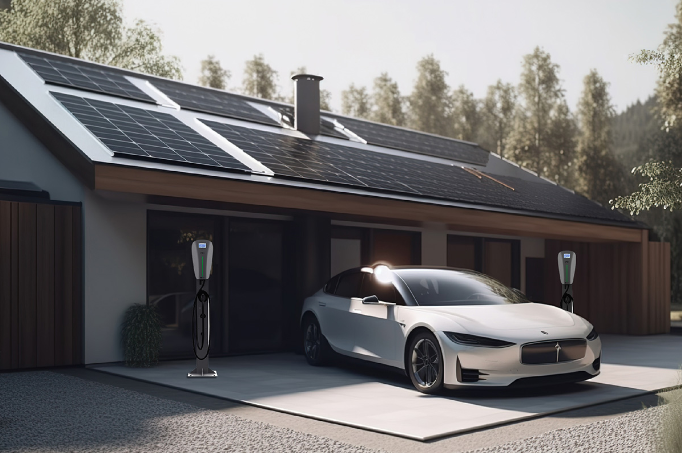As demand for electric vehicles (EVs) continues to grow, EV owners must become proficient in charging their vehicles conveniently and safely. In this comprehensive guide, we'll provide you with expert tips and advice on charging your electric car at home, ensuring a seamless, efficient charging experience.
1: Learn about electric vehicle charger:
Before delving into the details of home charging, it’s important to understand the different types of charging units available to EV owners. There are three main types of charging - Level 1, Level 2 and Level 3 (DC Fast Charging).
For home use, Level 1 and Level 2 charging units are most commonly used. Level 1 charging involves plugging your electric car directly into a standard household power socket (120V). However, it is the slowest charging method and typically provides a range of about 3-5 miles per hour of charge. Level 2 charging, on the other hand, uses a dedicated charging unit (240V) that provides faster charging, typically ranging from 10-60 miles per hour of charge. This level of charging requires professional installation and is more suitable for daily use at home.
2: Installation and safety precautions:
To ensure a safe and efficient charging point experience at home, certain guidelines must be followed during installation. It is highly recommended to hire a certified electrician who specializes in EV charging installations to ensure compliance with all relevant electrical codes and safety standards.
Additionally, consider installing a dedicated circuit for your EV charger to avoid overloading existing electrical systems. It's important to check your charging cord regularly for any damage or fraying, and avoid using extension cords if possible. Keeping the charging area clean and free of obstructions is also crucial to preventing accidents.
3: Smart charging solution:
To optimize your EV charger station experience at home, investing in smart charging solutions can be very beneficial. These solutions enable you to take advantage of capabilities such as scheduling, remote monitoring, and load management. By scheduling charging during off-peak hours, you can take advantage of lower electricity prices, saving money and reducing stress on the grid.
Additionally, options like load management allow you to distribute available power among various devices, avoiding the possibility of electrical overload and ensuring uninterrupted charging at maximum efficiency.
4: Choose the right electric vehicle charging equipment:
Choosing the right charging equipment for your electric vehicle is crucial to efficient home charging. Consider factors such as charging power, plug compatibility, and connection options. It is recommended to seek advice from your vehicle manufacturer or consult an electrician to determine the best charging solution based on your specific requirements.
5: Regular maintenance and troubleshooting:
Maintaining electric vehicle charging equipment is critical to ensuring its longevity and efficient operation. Perform routine inspections, such as checking for loose connections, ensuring proper grounding, and keeping charging ports clean. If any malfunction or malfunction occurs, please contact the manufacturer or a qualified electrician for prompt troubleshooting and repair.
In a word, for electric vehicle owners, being able to conveniently charge their electric vehicles at home is a significant advantage. By following the guidelines outlined in this comprehensive guide, you can ensure a safe, efficient, and reliable charging experience. Always put safety first, consult a professional when necessary, and explore innovative solutions to enhance your EV charging setup. With careful planning and adhering to best practices, you can seamlessly enjoy the benefits of electric transportation from the comfort of your own home.

Post time: Nov-17-2023
